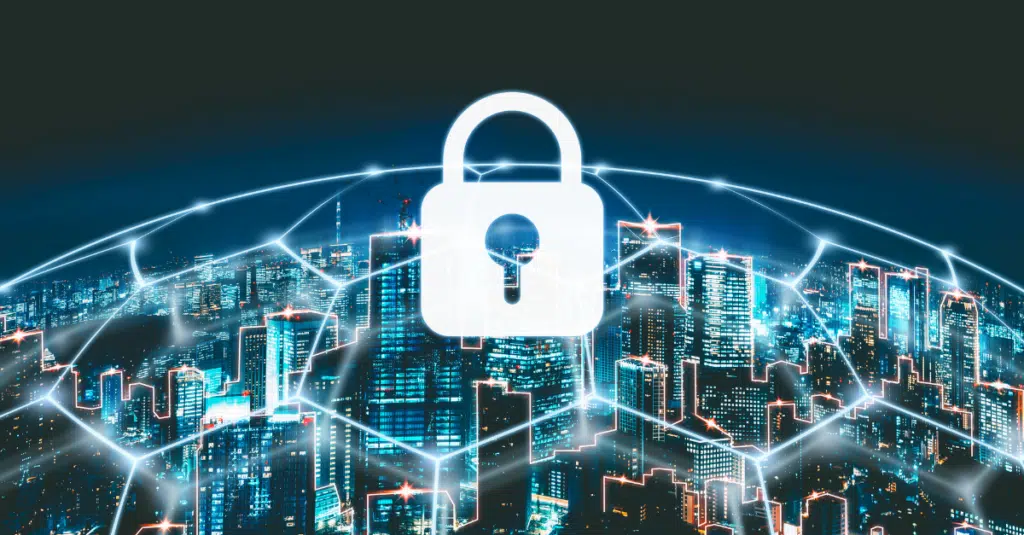In today’s hyper-connected digital age, cybersecurity has become a foundational pillar for individuals, corporations, and governments alike. Cyber threats are becoming more frequent, complicated, and destructive as a result of the growing reliance on digital infrastructure, data, and remote systems. The significance of cybersecurity, common threats, evolving challenges, emerging trends, and best practices for robust protection are all examined in this article.
Understanding Cybersecurity
The practice of preventing digital attacks on programs, networks, and systems is known as cybersecurity. These attacks are usually aimed at accessing, changing, or destroying sensitive information, interrupting business processes, or extorting money from users. With everything from healthcare records to banking systems relying on Internet connectivity, the scope and importance of cybersecurity continue to grow exponentially.
Cybersecurity’s Importance
In the Digital Age, digital asset security has never been more important, as data is now valued higher than oil. A breach in cybersecurity can lead to severe consequences, including financial loss, reputational damage, regulatory penalties, and even threats to national security. Organizations now face immense pressure to secure their digital perimeters and ensure that sensitive information does not fall into the wrong hands.
Malware
Malicious software—known as malware—is designed to damage or disable computers. Common forms include viruses, worms, Trojans, and spyware. Deceptive email attachments, downloads, or websites frequently introduce malware into systems.
Phishing
Phishing attacks trick individuals into providing personal information or login credentials. Typically, these attacks are sent via text or email that appear to be from reputable sources.
Ransomware
Ransomware encrypts a victim’s files, demanding payment (often in cryptocurrency) to restore access. These attacks can cripple businesses and are becoming increasingly sophisticated.
Denial of Service (DoS) Attacks
A DoS attack overwhelms a system, server, or network with traffic, rendering it unusable. Distributed DoS (DDoS) attacks are even more powerful and harder to prevent.
Attacks called “Man-in-the-Middle” (MitM)
These occur when attackers secretly intercept and relay messages between two parties, often to steal information such as login credentials or financial data.
Emerging Cybersecurity Challenges
Risks of working from home The rise of remote work, accelerated by the COVID-19 pandemic, has expanded the attack surface for cybercriminals. Personal devices and unsecured home networks are now common targets.
Attacks on the Supply Chain Hackers are increasingly infiltrating organizations through third-party vendors. Traditional security measures can be evaded by these indirect attacks, which can affect multiple stakeholders.
Zero-Day Exploits
The term “zero-day vulnerability” refers to software flaws that hackers exploit before software developers can fix them. The lack of defenses makes these especially dangerous.
4. IoT Security Risks
Everything from industrial sensors to smart home devices is included in the Internet of Things (IoT). Since many IoT devices lack security built in, they are easy targets for hackers.
5. Insider Threats
External actors are not the only source of threats. Disgruntled employees, careless behavior, or poor security practices can lead to significant internal breaches.
Cybersecurity Trends to Watch
Artificial intelligence (AI) and machine learning (ML) are being integrated into security systems to detect anomalies, automate threat detection, and enhance response capabilities.
Zero Trust Architecture
The Zero Trust model assumes that no device, user, or system is inherently trustworthy. It necessitates strict access controls and ongoing verification across all networks. Quantum Cryptography Traditional encryption methods may become obsolete as quantum computing develops. Quantum cryptography offers new methods for secure data transmission.
Security-as-a-Service (SECaaS)
Many organizations are turning to cloud-based security services to handle everything from firewall protection to threat monitoring, reducing the need for in-house expertise. Authentication Using Biometrics From fingerprint scanning to facial recognition, biometric authentication is providing a more secure and user-friendly way to verify identities and reduce fraud.
The Human Factor in Cybersecurity
Despite technological advancements, humans remain the weakest link in cybersecurity. Social engineering exploits human psychology rather than technical vulnerabilities. Employee training, awareness programs, and a strong security culture are essential in mitigating human-related risks.
Governments and international bodies have implemented various regulations to strengthen cybersecurity:
Conclusion
Cybersecurity is no longer a luxury—it’s a necessity for survival in the digital world. As technology advances, so do the capabilities of cyber adversaries. From individual users to multinational corporations, everyone has a role to play in strengthening cybersecurity. By understanding common threats, embracing new technologies, and adopting best practices, we can build a safer and more resilient digital future.
